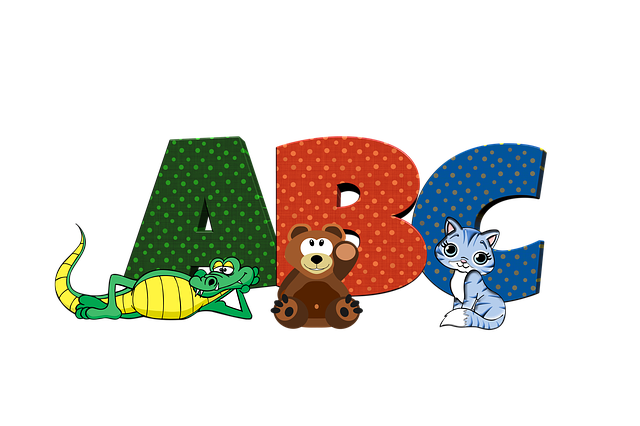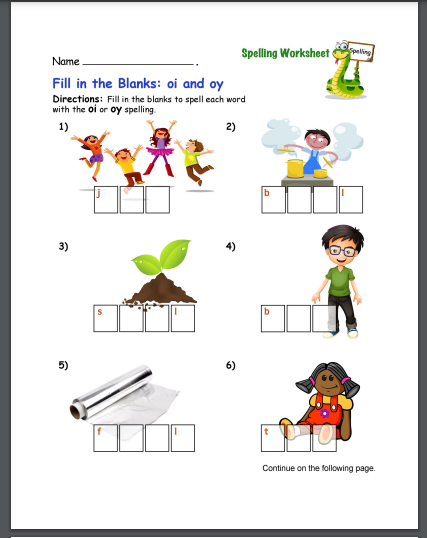Understanding Phonics

What is Phonics?
While phonemic awareness focuses on understanding sounds in spoken words, phonics focuses on understanding how sounds relate to the written word. Phonics focuses on the sound-spelling relationship by recognizing how the correspondence between letters, groups of letters, and the sounds they make work together to make words.
How is Phonics Taught?
Phonics is included throughout each K-3 lesson. A grade level progression is evident throughout each grade as students work on phonics and word study skills appropriate to that grade such as consonants and short vowel sounds, consonant digraphs and blends, long vowel sounds, other vowel patterns, syllable patterns, and affixes. Weekly stories are also included in the lessons that focus on new sight words and words representing phonics skills for that week.
Examples of how phonics is taught in the K-3 Language Arts courses are below:
Explicit Instruction:
Students will meet with their teacher in synchronous sessions. The teacher will use a scripted PowerPoint to explicitly teach the skills being taught for each module, this includes phonics skills. A sample of a scripted PowerPoint is below:
Language Arts 2A Module 4 Synchronous Session
Another example of explicit instruction is through videos within each lesson. A sample video from Language Arts 3A Module 5 is below:
Interactive Self Check Activities:
In addition to explicit instruction, phonics is also taught through interactive self-check activities within the lesson. These activities provide students with practice and immediate feedback. One example of an interactive self-check activity is in the video below. This activity can be done in a variety of ways. In one version students listen to a word and they must add the letters that make up the word in order to spell it correctly.
How do students practice Phonics and Word Building?
Students practice their phonics skills through interactive self-check activities as shown above and also through assignments and weekly stories. One example of a phonics assignment is below. In this assignment, students have to use their phonics and word study skills to decide which words have the oi and oy sound.

Each week students practice reading a weekly story that contains sight words, spelling words, and vocabulary words. The spelling words always focus on sound-spelling correspondence. An example of a weekly story from Language Arts 1B Module 19 is below. This story focuses on the sound-spelling correspondence for the long a sound in the form of -ai and -ay.
Weekly Story: Rain, Rain, Go Away
How is Phonics Assessed?
Phonics is assessed in a variety of ways throughout each course.
Weekly Synchronous Sessions
Students are informally assessed when their teacher is teaching the concepts during a synchronous session. As they teach, they will observe their students to ensure they are following along and demonstrating the concepts being taught. If they notice a student is not demonstrating understanding of the concept, they will reteach and make corrections as needed.
Synchronous Benchmark Assessments
Every 6 modules, students take an oral synchronous benchmark assessment with their teacher. These assessments are administered orally by the teacher to the student and review letter/sound recognition, sight words, and other concepts that are best assessed orally.
Written Benchmark Assessments
Every 9 modules students take a Written Benchmark Assessment. Students may apply their phonics skills in these assessments as they demonstrate their knowledge of sound-spelling correspondences.
